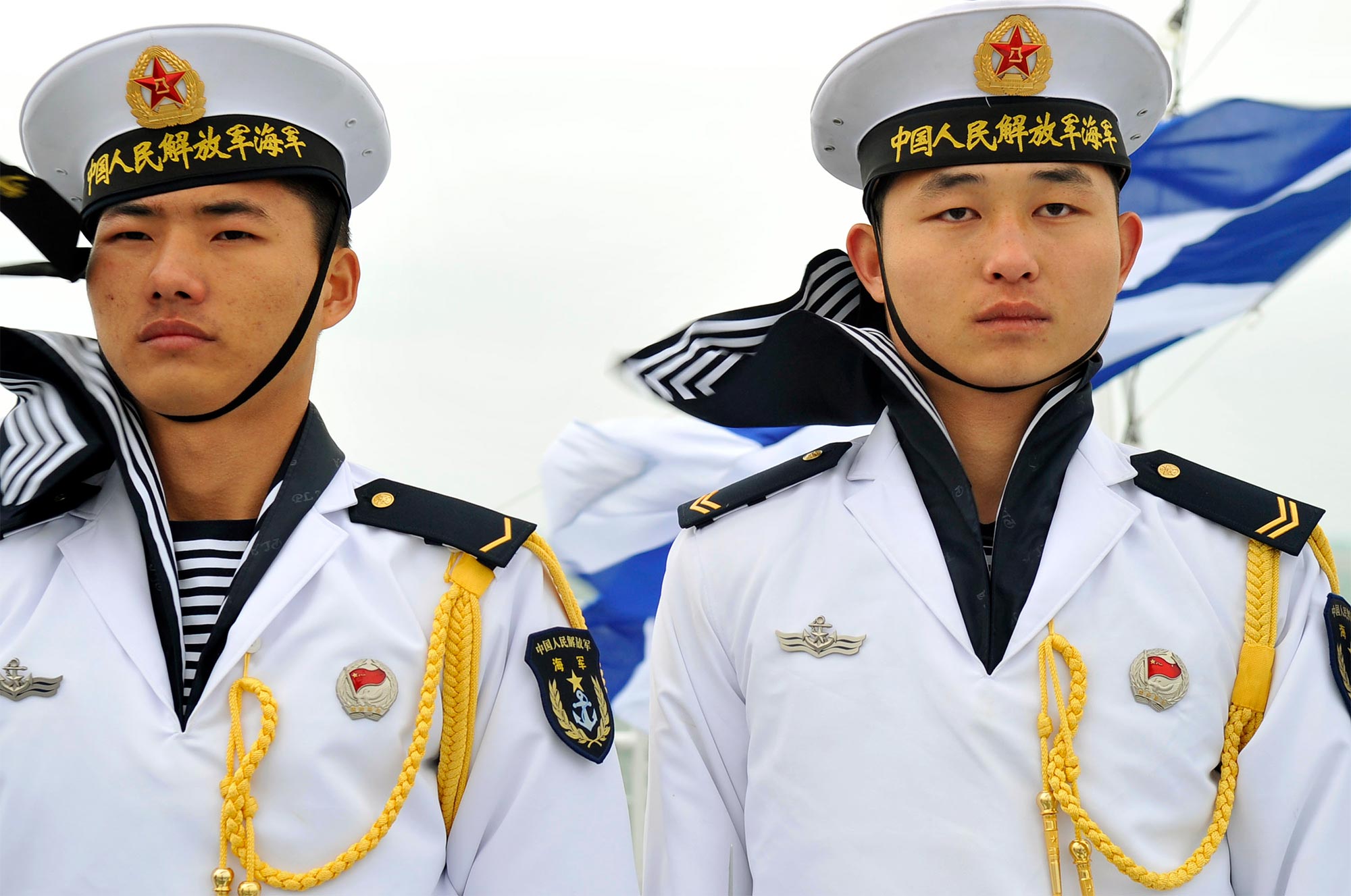This issue of AMTI explores China’s maritime policymaking process by breaking down the organizational structure of the Chinese Communist Party (CCP), the People’s Liberation Army (PLA), and the State, and attempting to shed light on how decisions are reached. Below, watch CSIS Senior Adviser and Freeman Chair in China Studies Christopher K. Johnson describe developments in maritime policymaking and the drivers behind recent activities in the East and South China Seas. View an interactive organizational chart depicting the roles of maritime agencies across China’s organizational structure. Read analysis on maritime decision-making by Michael Chase, Andrew Erickson and Conor Kennedy, Bonnie Glaser, Isaac Kardon and Christopher Yung.
China’s Maritime Decisionmaking Explained:
An Interview with Chris Johnson






Interactive: Chinese Communist Party Organization Chart
The chart below depicts China’s political leadership. Power flows from the Politburo Standing Committee to smaller organs, including the Leading Small Groups, whose membership and activities are unknown.

Interactive: Military Organization Chart
The chart below depicts China’s military leadership. The Central Military Commission is chaired by Xi Jinping and has authority over the lower agencies. The General Staff Department has the most direct role in planning activities and roles, while PLAN headquarters, which is below the General Staff Department, controls the fleets.

Interactive: State Organization Chart
The chart below depicts the state organs involved in maritime governance, which are generally weaker than their Chinese Communist Party (CCP) equivalents. The consolidation of the China Coast Guard under the State Oceanic Administration suggests authority over China’s maritime law enforcement has been streamlined.

